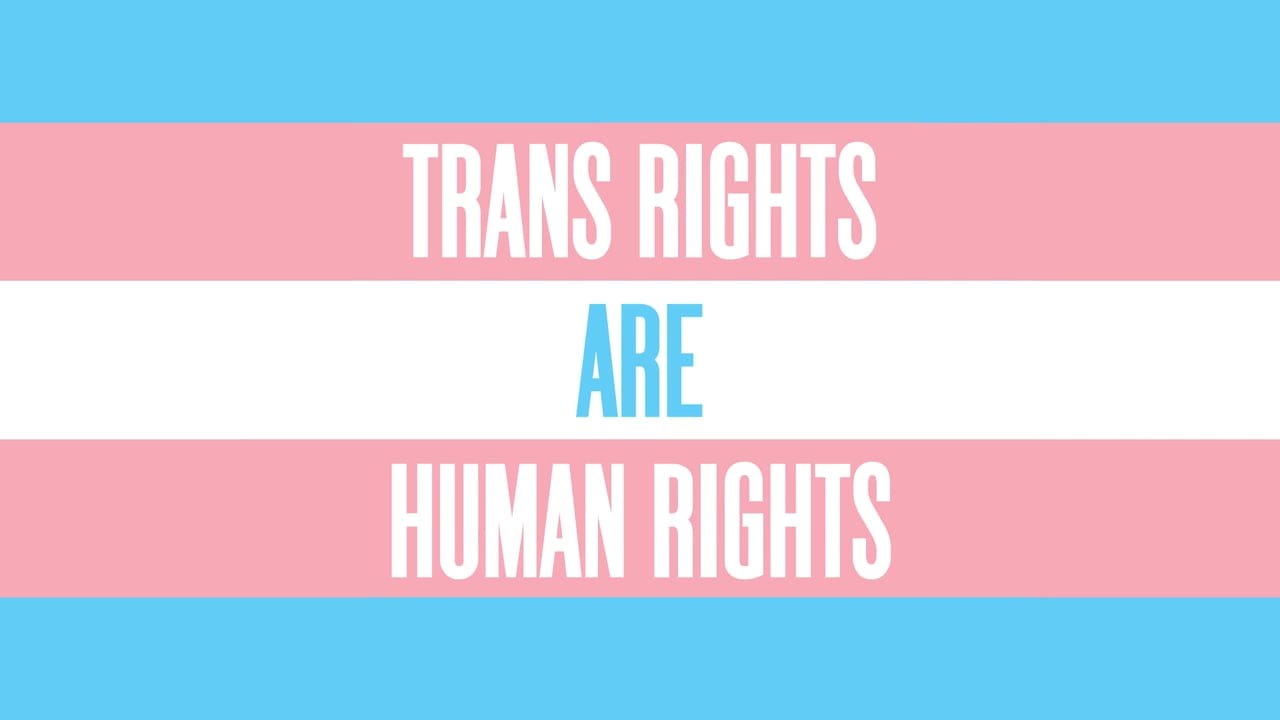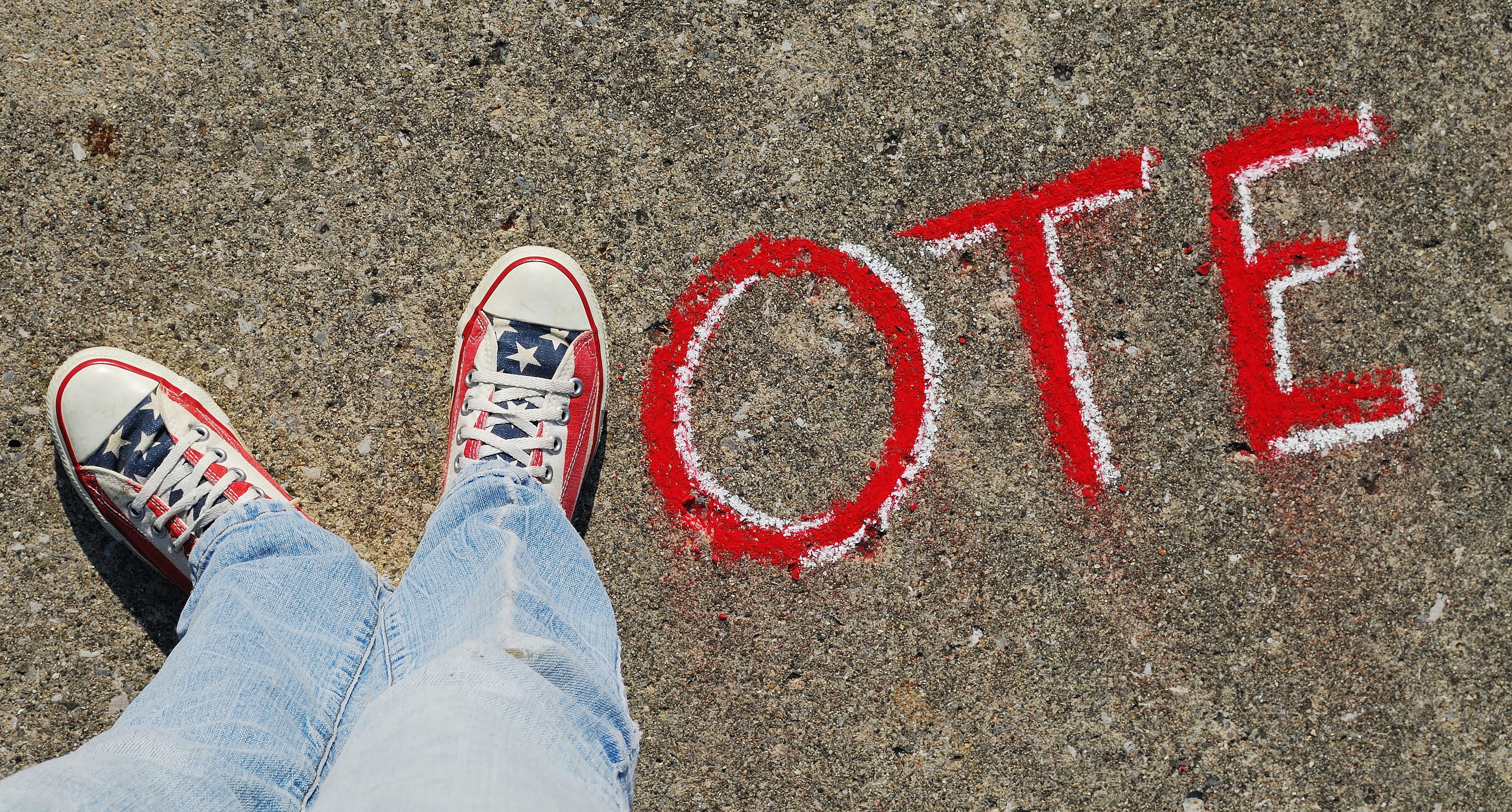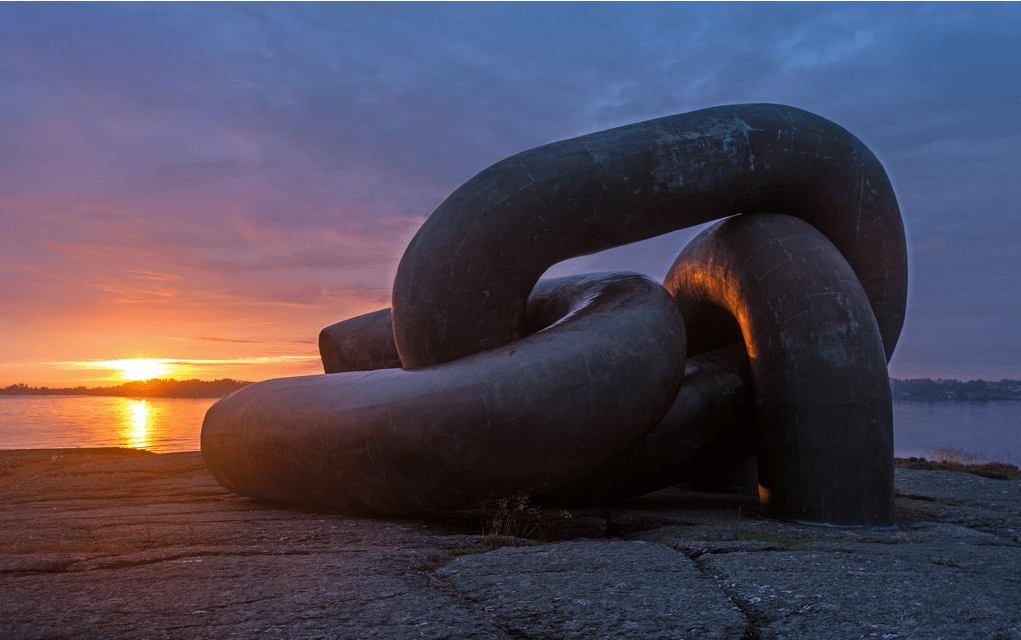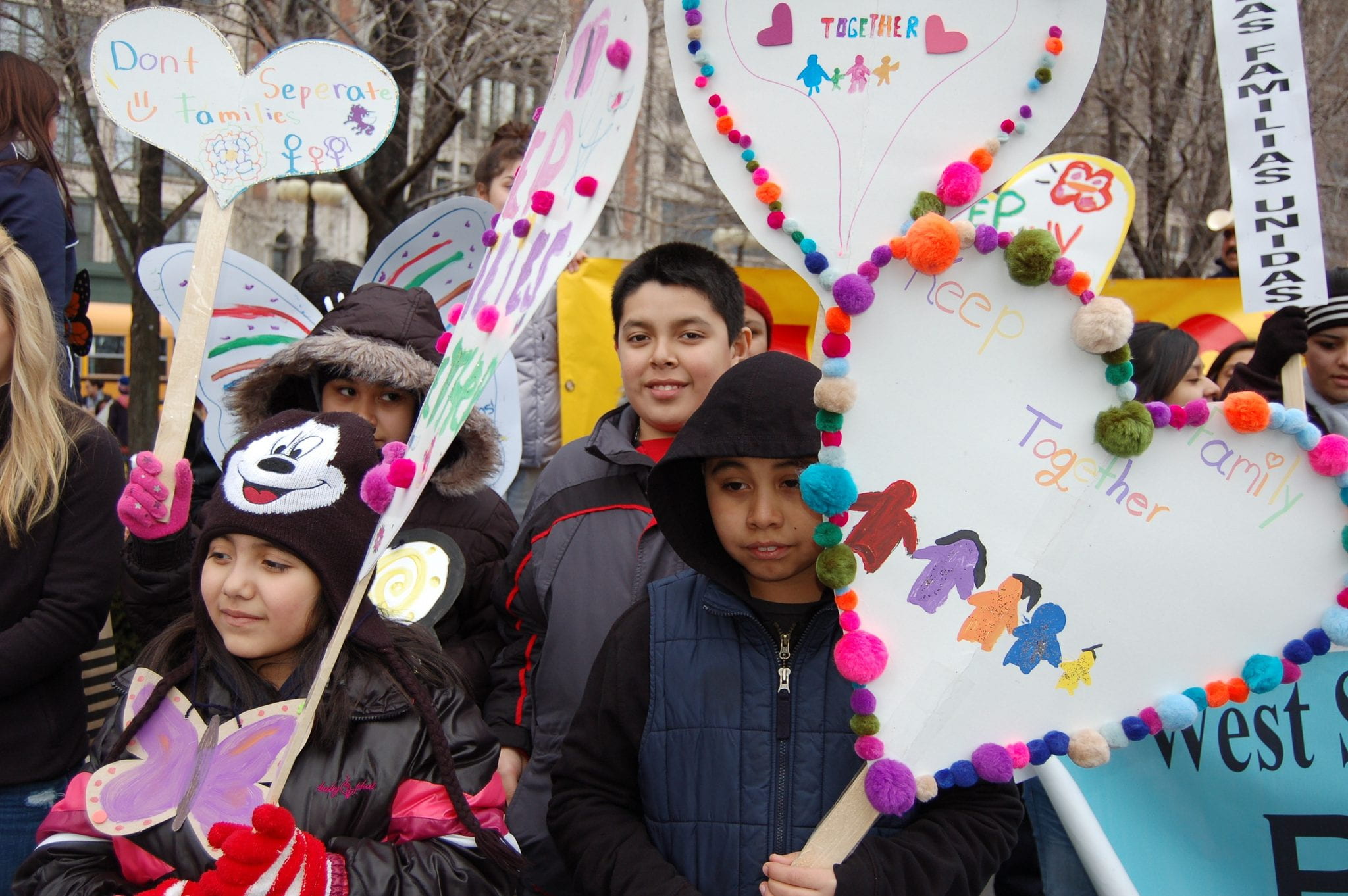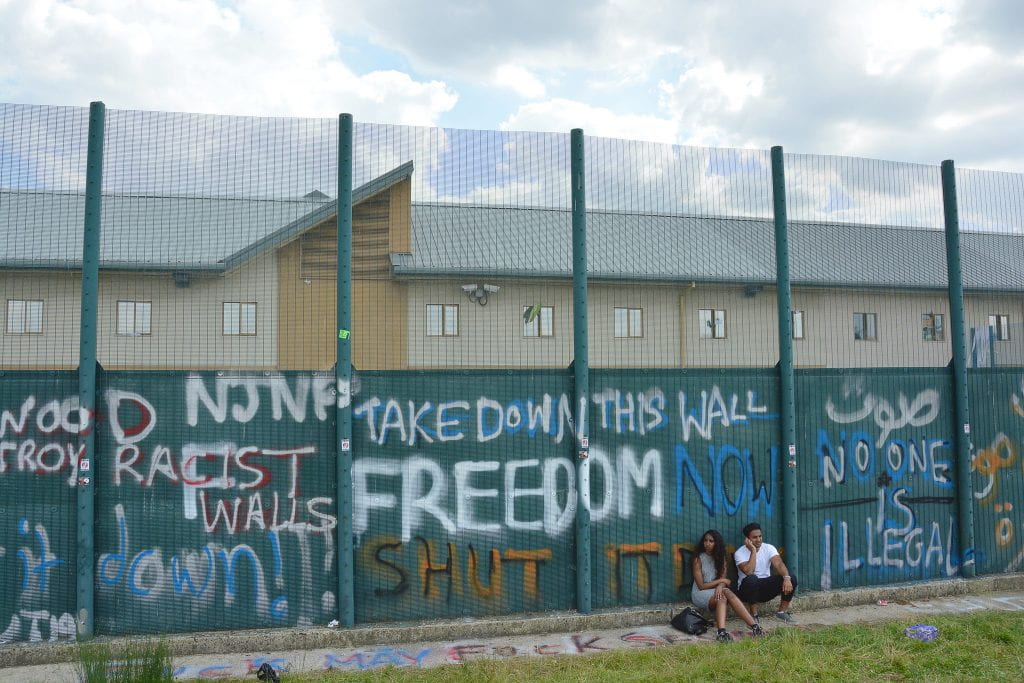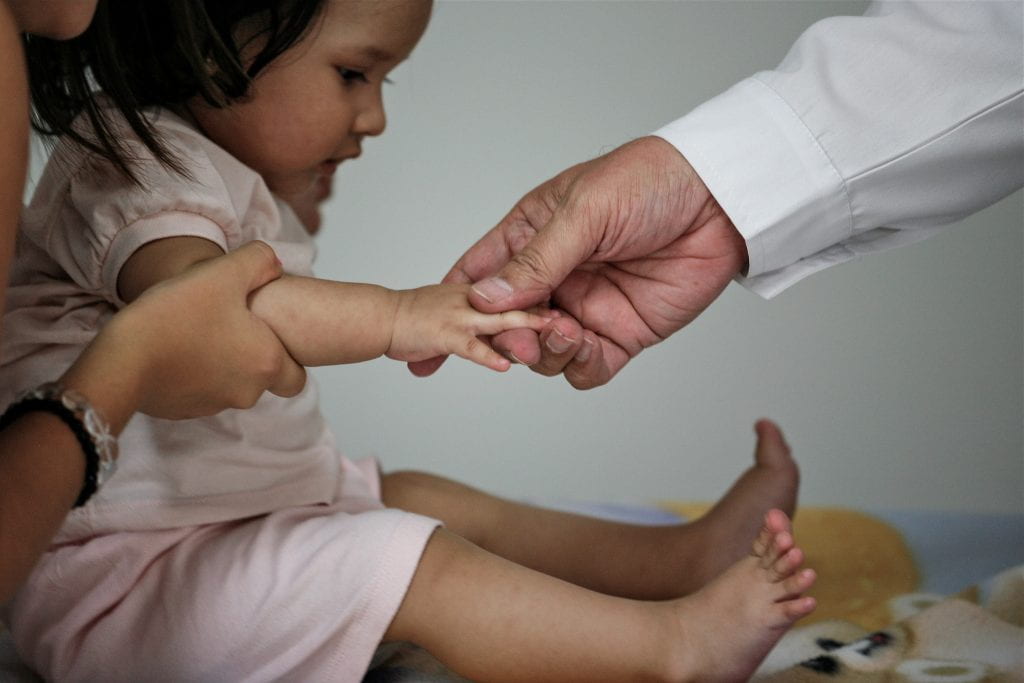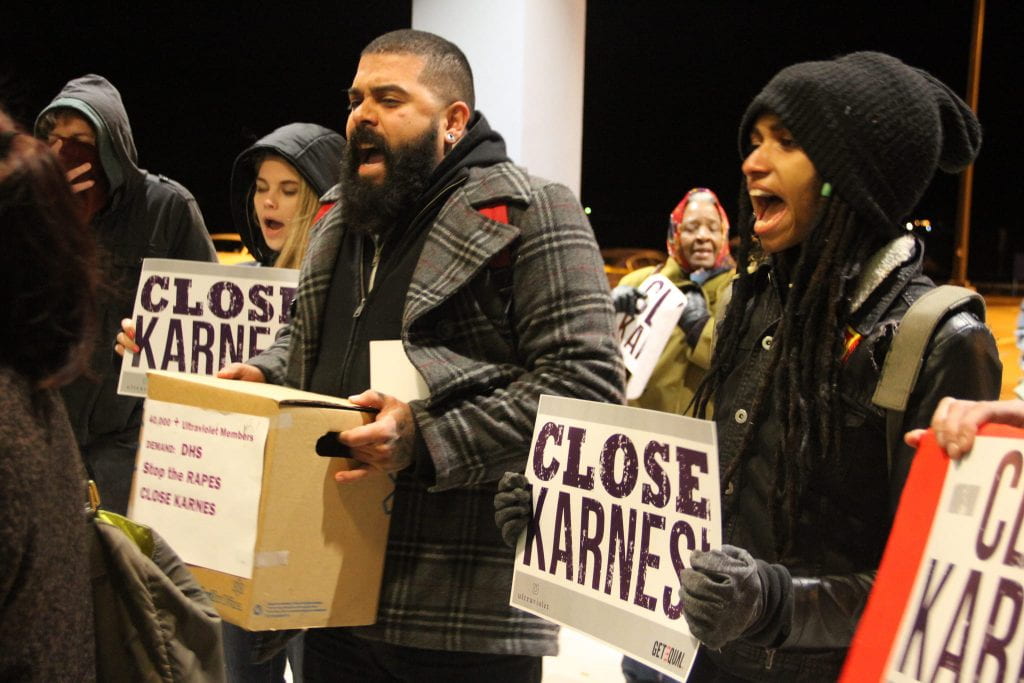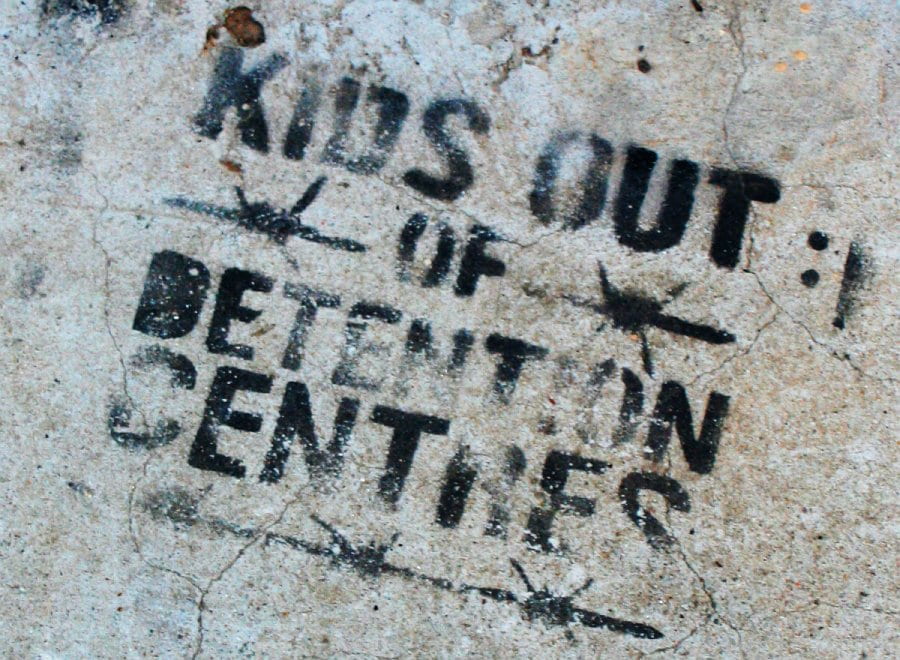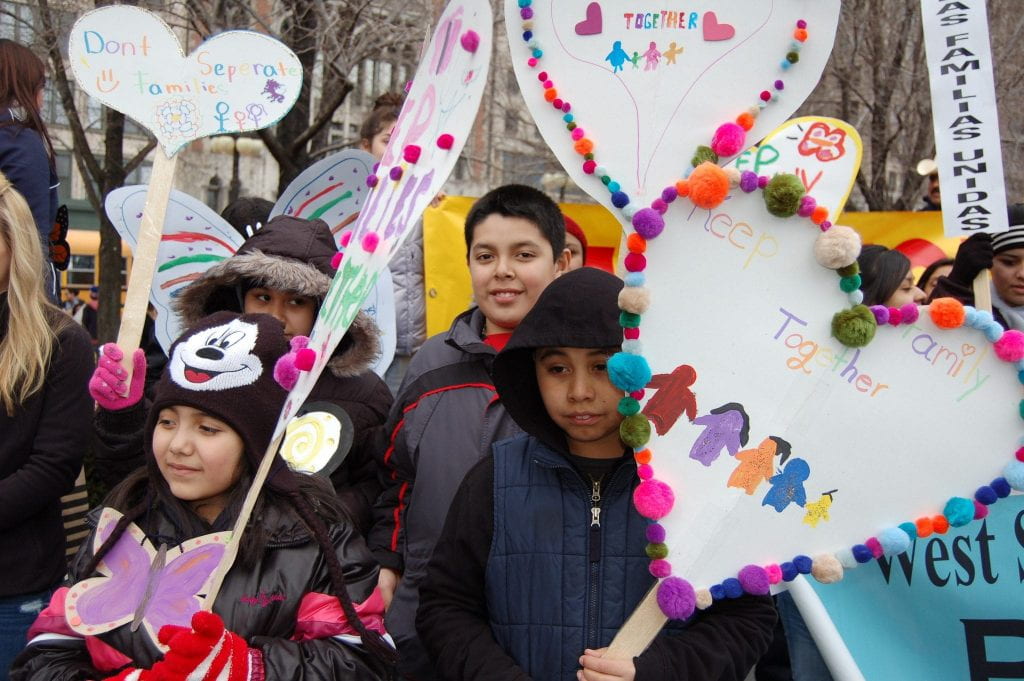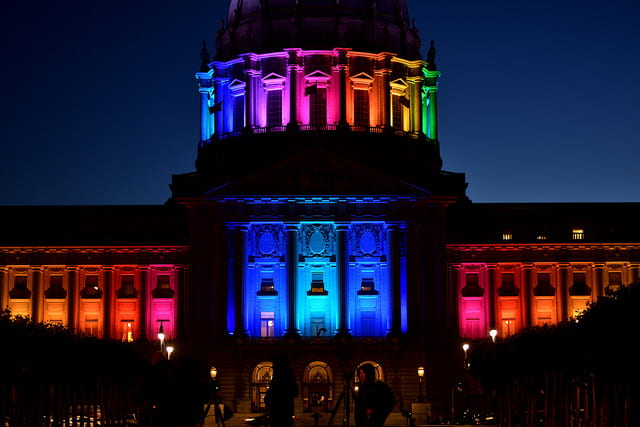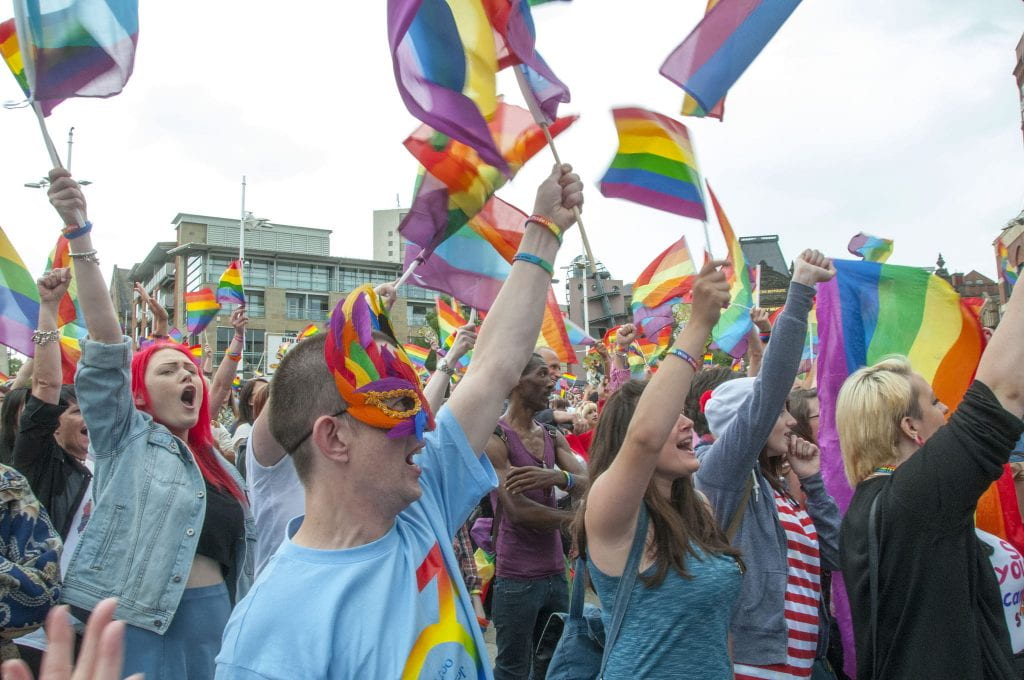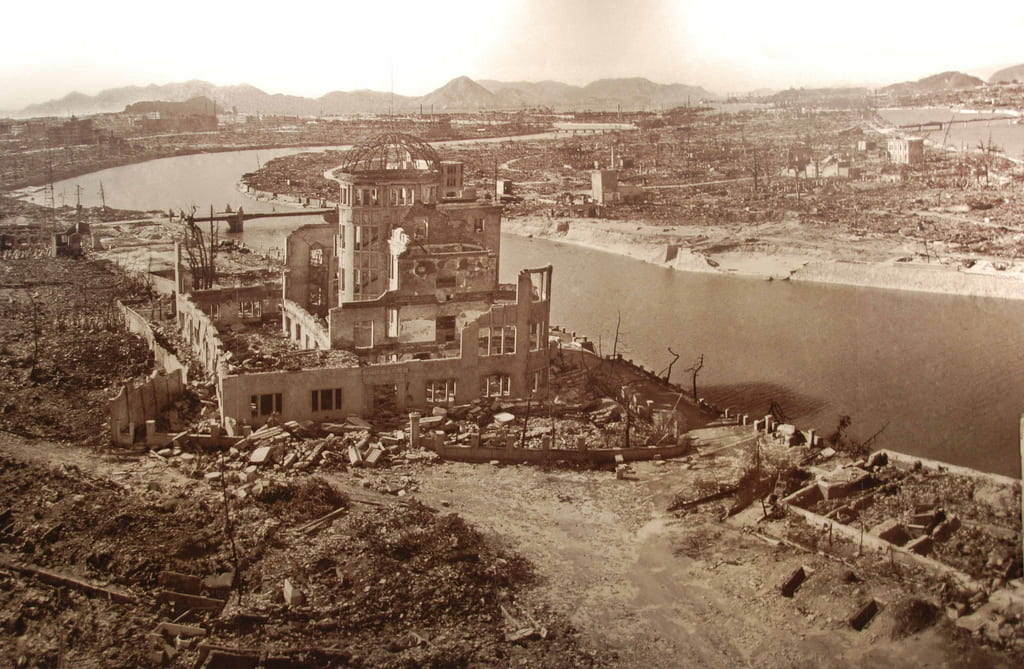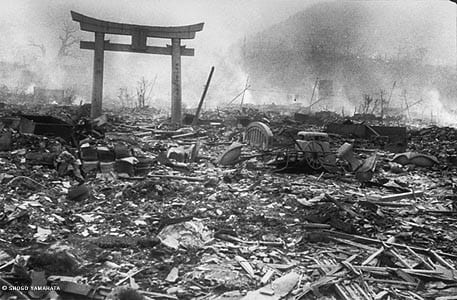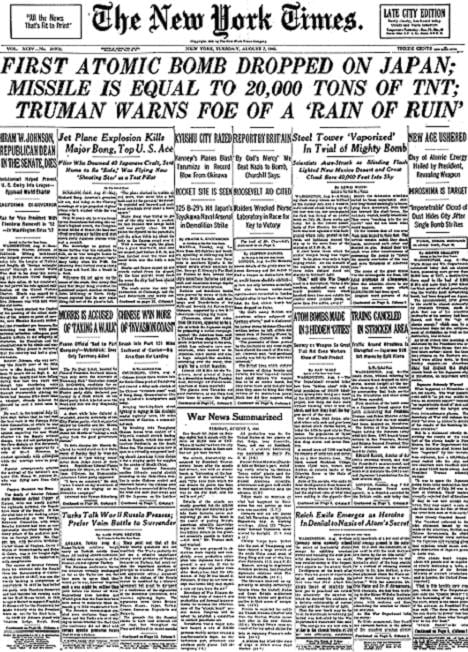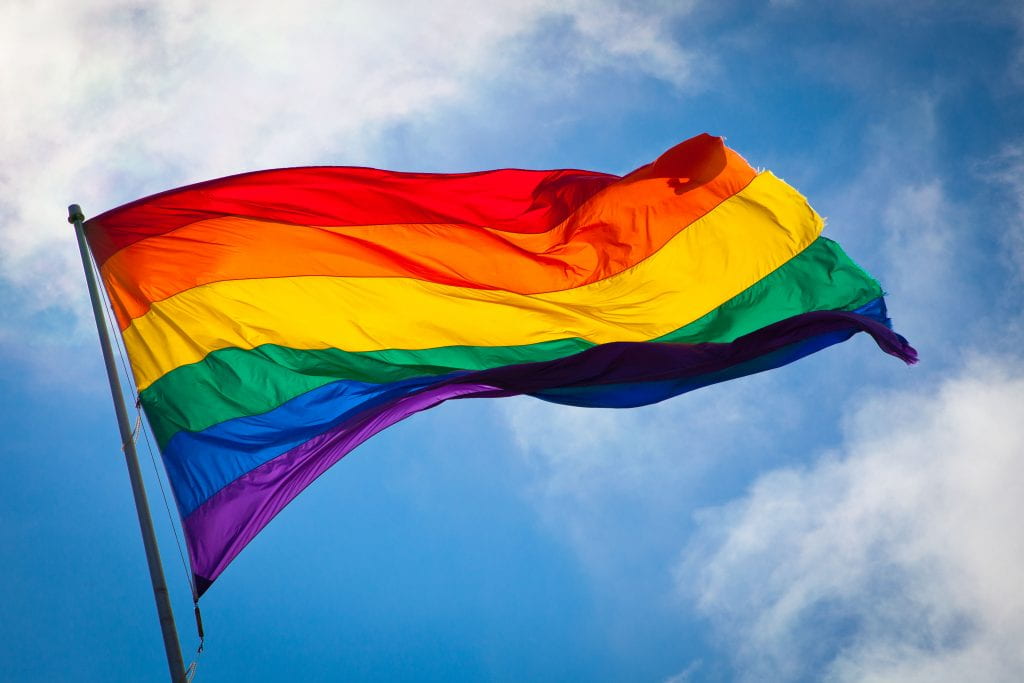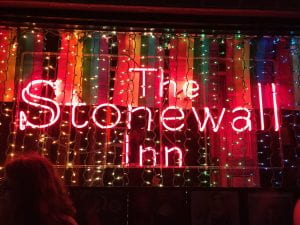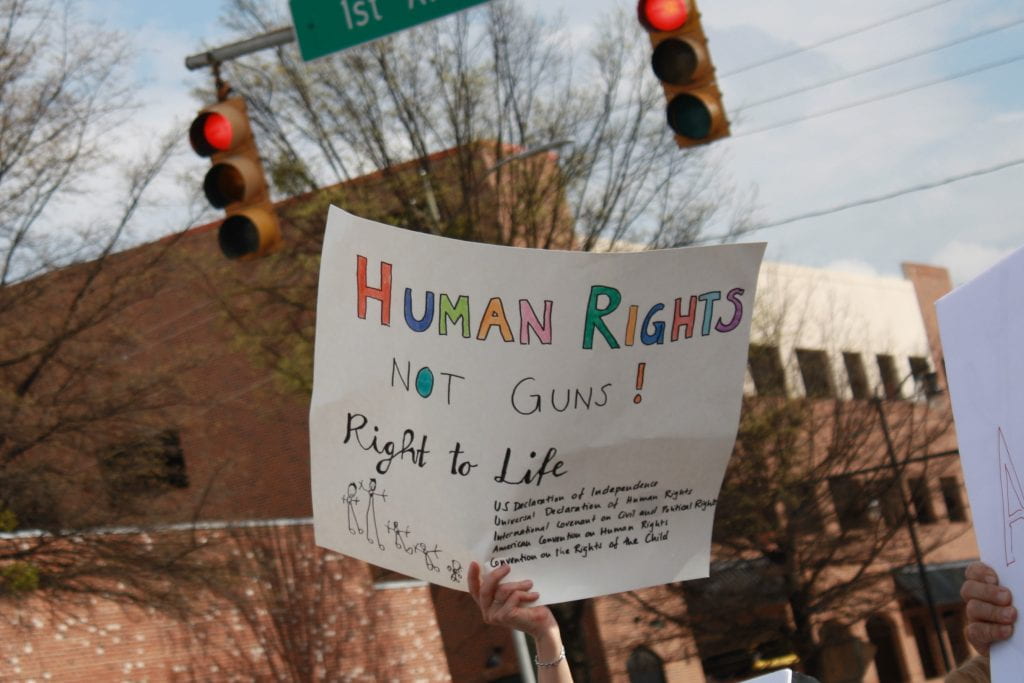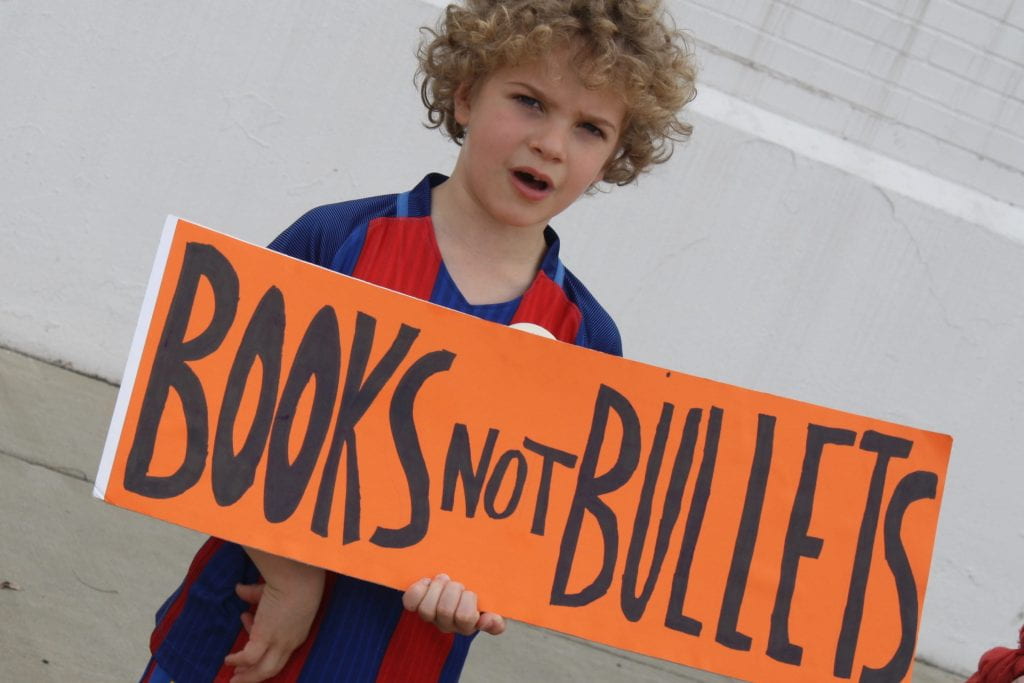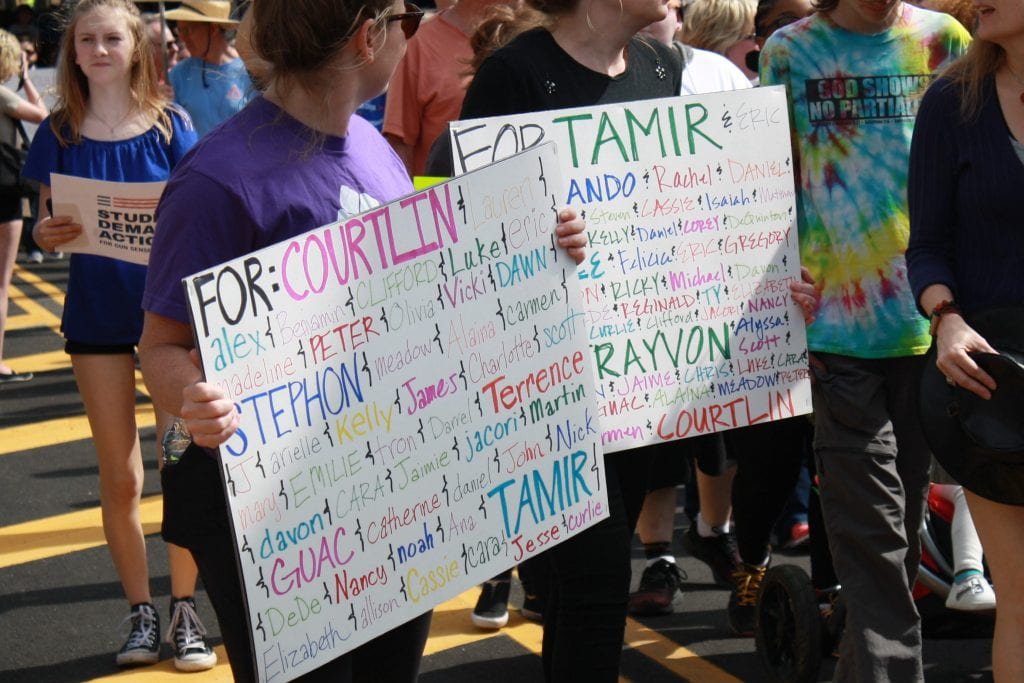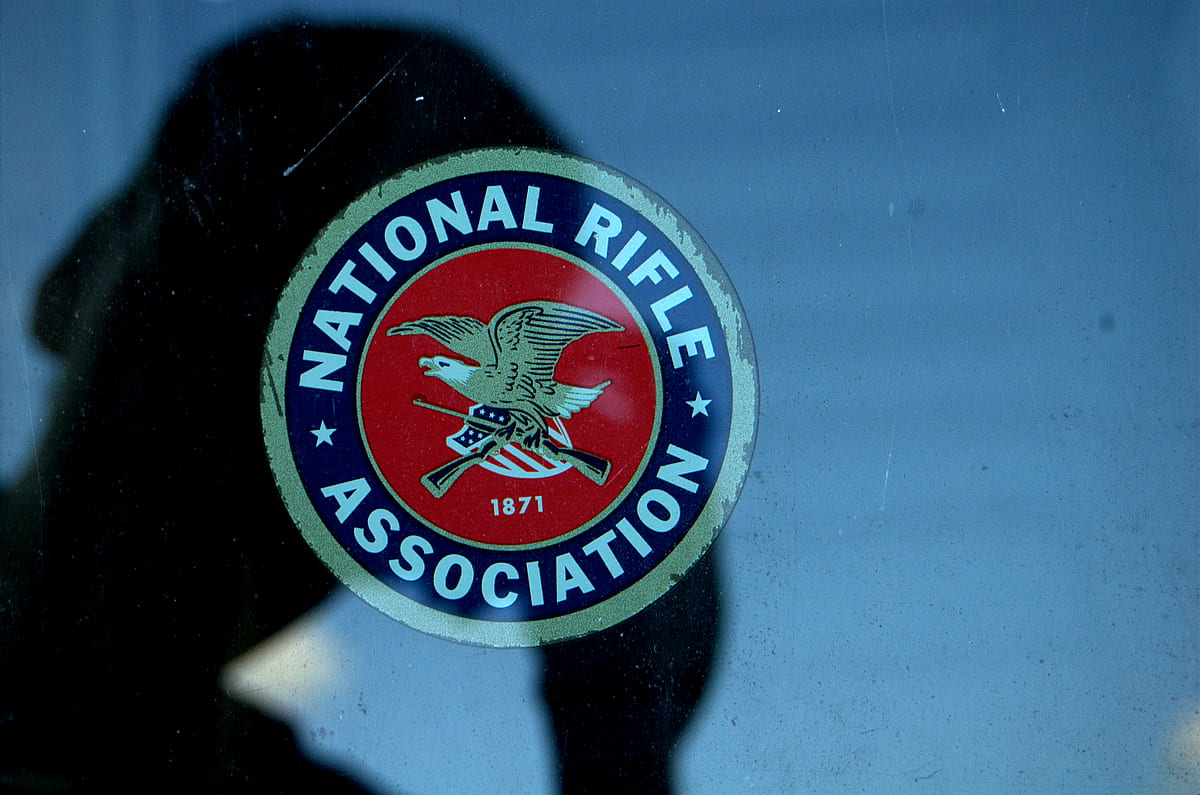On Thursday, September 13, the Institute for Human Rights had the opportunity to host Joan Rater and Tony Phelan, parents to actor and student Tom Phelan; and Brianna Patterson, a transgender activist, veteran, former firefighter and UAB health educator. Joan covered her journey as a parent supporting her transgender son and advocating for trans representation on television, while Brianna shared her story of being a transwoman from the South, moving from social isolation to embracing her womanhood.
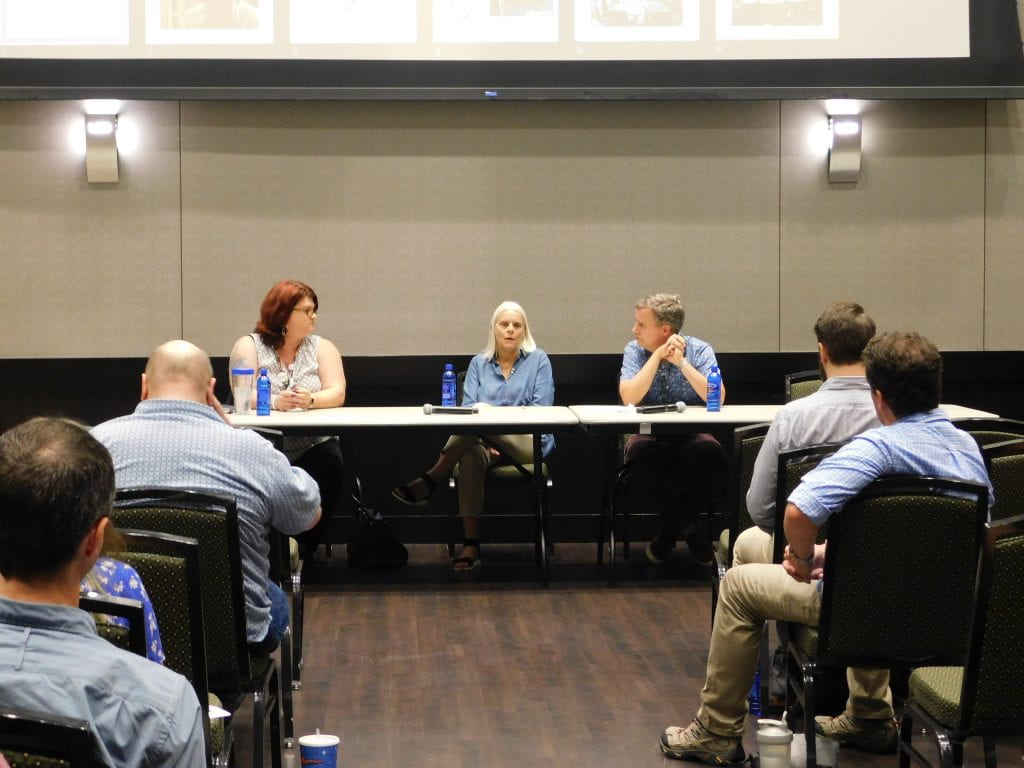
Joan opened with a presentation titled “Transforming My Family”, where she spoke about Tom’s transition that began at 17 but addressed his once reserved feelings about his gender. Tom was very confident as child, but this withered with his teens, becoming suicidal and even briefly moving from Malibu to Boston with his family so he could receive outpatient treatment. One day, after his mental health improved, while being dropped off at school, Joan and Tony received an email from Tom as he walked to class. The email was Tom’s proclamation of being transgender, at the time using they/them/their pronouns, while including resources for his parents to better understand. Usage of the internet and technology has proven to be a positive resource, not only for people in the transgender community to communicate, but to inform allies about the transgender experience, allowing to amplify these traditionally marginalized voices.
A year into his transition, with support of his parents, Tom pursued “top surgery” which is the process of removing one’s breasts through medical procedure. As soon as he had his doctor’s approval to workout, he began jogging without a shirt, feeling a sense of liberation. Soon after, Tom debated the idea of hormone therapy that would ultimately change his voice, becoming a compromise between his options as an actor and happiness. Tom chose the latter, eventually leading to a role as a trans teen, Cole, on ABC Family’s The Fosters. Once Joan saw her son’s role validating the experience of transgender fans, she saw it was her and Tony’s obligation, as television producers/screenwriters, to amplify such voices through media representation. This led to emergence CBS’s Doubt, including Laverne Cox as Cam, a transgender law graduate from Yale University who often litigated for underrepresented clients, contributing to the mainstreaming of complex, genuine transgender identities.
She then demonstrated the importance of voting in support of transgender rights and, if possible, donating to people and organizations who fight injustice professionally. Joan closed by insisting that when facing transphobia, we must be brave and cannot allow intolerance to go unchecked.
Brianna Patterson, an Alabama native and current health educator at UAB’s 1917 Clinic, shared the challenges and accomplishments throughout her journey, including her transition that began in 2012. Brianna expressed the first time she “felt different” was in 1st grade, not knowing how to identify these feelings and consistently using the girls’ restroom. Also, with being raised by strict grandparents, Brianna claimed to have been disciplined violently when caught experimenting with her grandmother’s clothes. At the age of 14, Brianna experienced her first suicide attempt, followed by self-isolation in high school, poor grades and an immediate retreat to the United State Marine Corps (USMC) at 17.
Brianna felt her new home in the USMC gave her the unconditional love she didn’t receive back home. Although, she described having internalized transphobia because she didn’t feel masculine enough. However, after serving her term in USMC, which included tours during the Somalian civil war, Brianna, still, didn’t feel masculine enough. This led to her joining the fire service at a local department in Alabama, which she served for 23 years. Toward the end of this career, Brianna pursued hormone therapy, but was first refused care by nine different physicians throughout the state, demonstrating the discrimination transgender patients experience in the health care field. One day, after producing her driver license with her new name, following a traffic accident, the local officer spread the word about Brianna’s identity. As a result, two years before being eligible for retirement, the city council voted to demote Brianna’s Captain status, highlighting how Alabama doesn’t provide protections for the transgender community.
Soon after, Brianna finished her Master’s in Public Health, first working for Planned Parenthood and now representing UAB’s 1917 Clinic, a job she loves because she gets to address vaccine education, recruit research participants and address health issues salient to the transgender community. Although there was a silver lining in Brianna’s story, many don’t include such an ending, demonstrating the need for local, national and international protections for the transgender community.
Following Joan and Brianna’s presentations, the guests, alongside Tony, fielded questions from the audience, including insurance coverage for gender confirmation surgery, internet support networks, advice for coming out and how to be a genuine ally to the transgender community. Brianna responded to the latter by confidently saying, “The best way to be an ally: Treat everyone like a human being. Educate yourself. And if you wouldn’t ask a cis woman that question, you shouldn’t ask a trans woman that question.”
